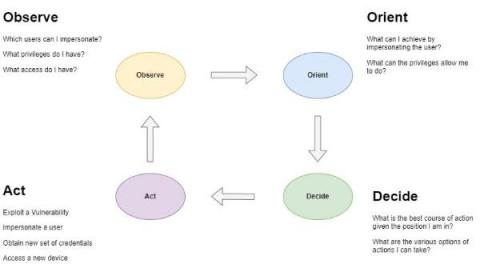"Get ADUser Not Recognized" Error in PowerShell
The Get-ADUser PowerShell cmdlet is very helpful for Active Directory user management. But what if you try to use Get-ADUser and get the error below? The term ‘Get-ADUser’ is not recognized as the name of a cmdlet, function, script file or operable program. This error simply means that the Active Directory module for PowerShell is not available on your machine.











